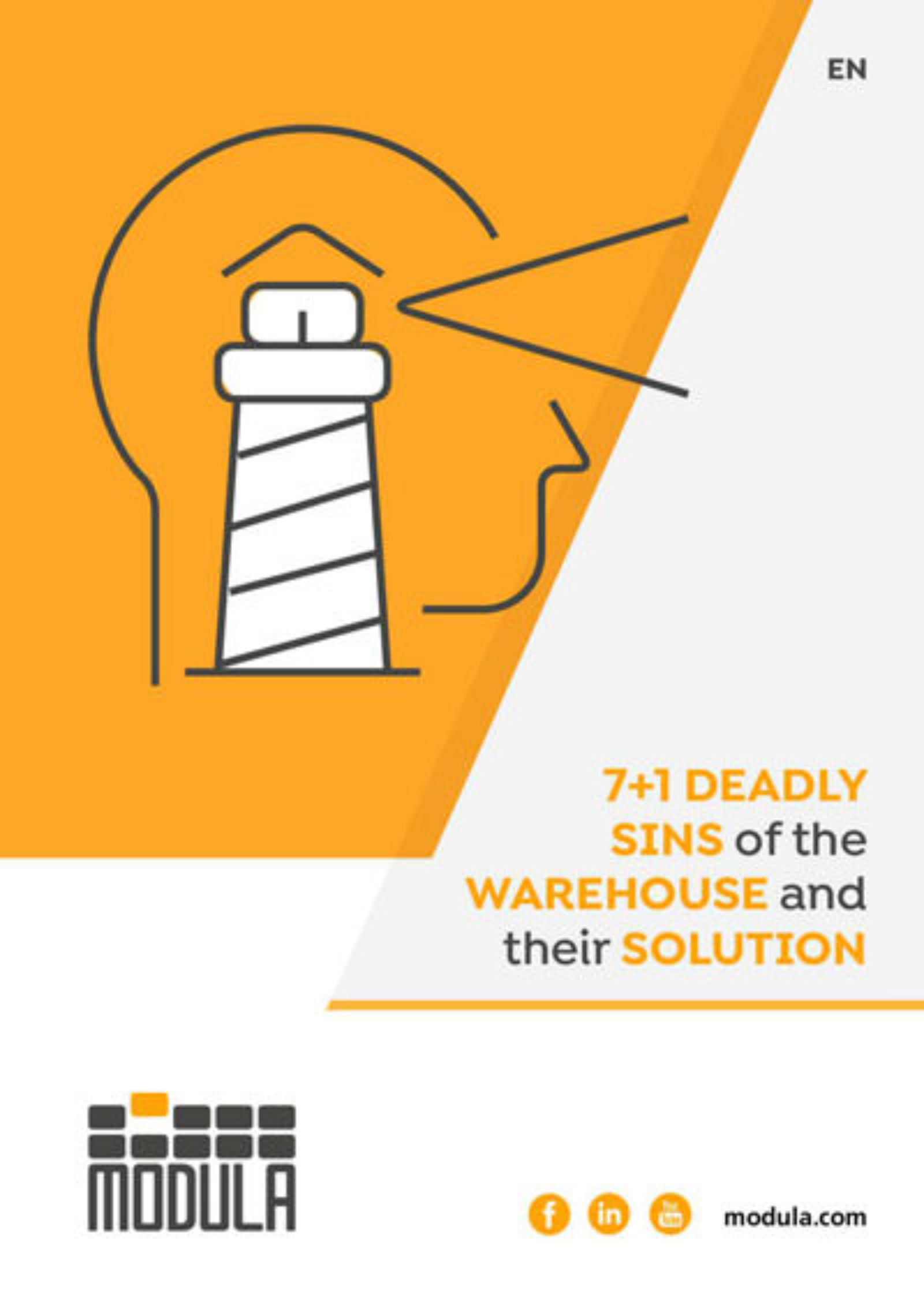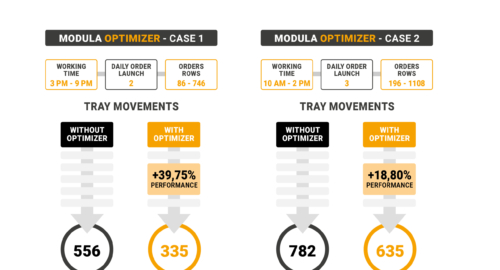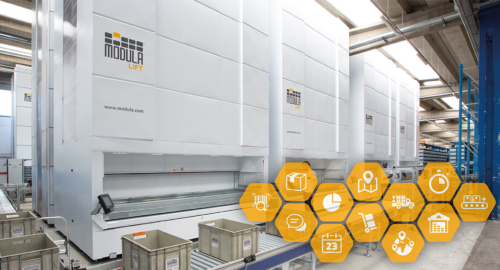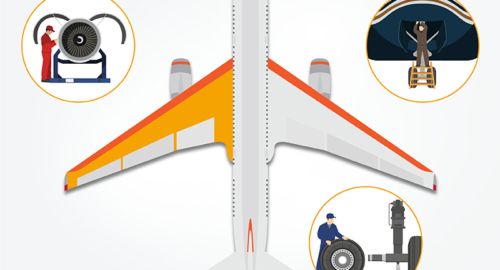When a company is founded, it is usually small and so only has one production plant and a limited number of customers to be served. Therefore, goods are generally delivered to customers straight from the production plant, with no intermediate steps.
The company then sees its business grow in terms of both size and geographical coverage. The number of products (which may be manufactured in different plants) increases, and so does the number of customers (who may also be located in areas a long way from the original customers).
At this point, to serve the most distant customers with a complex mix, it could become necessary to create the first local infrastructures, through which the goods can transit prior to delivery to customers.
But this is not enough. Customer service also has to be upgraded. To achieve the necessary level of service, it is essential to establish a very complex distribution network, consisting of several levels (plants, regional depots, local depots, etc.), which allow goods to be placed closer and closer to a very large number of far-flung customers.
Considering the “distribution network” part of the logistic system from an evolutionary viewpoint, which means analysing how a network generally changes during a company’s lifetime, we can identify two basic major changes:
1. Consolidation of market position
After the rapid growth phase, a company normally enters a phase when it consolidates its market position and thus its business and its customers. In this phase, the underlying concept of every strategy is often one of efficiency. In practice, the intention is to keep offering an excellent level of service, but to do so without waste.
The distribution network is therefore carefully analysed and often rationalised: naturally, the plants, and also the regional warehouses, remain the same, but there is some reduction in the local depots. This may be because the management may have thought too big, or perhaps because of a rise in the number of customers placing large orders, which can therefore also be shipped directly from the plant or the regional warehouse.
2. The search for profitability
This objective is dominant both when the business is going well (enough has been invested and now it is time to harvest the benefits) and when there is a “crisis looming” (only choices which guarantee immediate returns can be adopted).
In these situations, the network will be modified again. In practice, the rationalisation process launched in the previous phase becomes more intensive, affecting all facilities: fewer plants, fewer depots and fewer customers (only the most important are retained). Basically, the distribution network’s structure is now similar to that in the company’s initial phase.
Variations in the main logistics parameters in response to changes in network complexity
We intend to consider 7 parameters:
1. Customer service
A complex distribution network normally delivers a higher level of customer service than a lean network. With large number of nodes/warehouses full of stocks and close to customers, it is easier to serve customers fast.
2. Cost of primary transport (from node to node)
A complex distribution network normally generates a higher level of primary transport cost than a lean network. A large number of nodes/warehouses require a large number of transfers of goods between nodes.
3. Cost of local distribution (from node to customer)
A lean distribution network normally generates a higher local distribution cost than a complex network. When there are not many nodes/warehouses, final delivery of goods to customers is generally over longer distances.
4. Fixed investments in infrastructure
A complex distribution network is a “composite” network, consisting of a number of facilities (warehouses). Since, in one way or another, these facilities cost money, a complex distribution network involves more investments in permanent infrastructure than a lean network.
5. Investment in stocks
What would be the point of having a distribution network with a large number of warehouses (i.e. a complex network) and then keeping them empty? There would be none at all. Therefore, a complex distribution network normally implies huge investments in stocks of finished product, which are thus available at locations close to customers. Conversely, a lean network (with only a few warehouses) will have low stock levels.
6. Labour efficiency
Labour efficiency (in terms of distribution productivity) is normally higher in a lean than in a complex distribution network. In fact, just a few large warehouses are easier to organise (or even automate) than a lot of small ones. And good organisation leads to greater efficiency.
7. General costs
General operating costs are normally proportional to the number of permanent facilities to be run. Therefore, complex distribution networks generally have to meet higher general costs than simple networks.
How should a new distribution network be defined?
A new distribution network can be defined by means of 5 main steps:
1. Flow mapping
This means “photographing” the flow of goods which has to pass through the new distribution network to reach customers, and then drawing up a table of origins-destinations, indicating the quantities of goods to be transferred.
2. Choice of the level of service to be provided to customers
Basically, this means deciding how quickly, promptly and precisely the company wishes to serve its customers. This is very important, because the logistics system constructed must be capable of effectively delivering the level of service we consider vital to make us competitive.
3. Identification of compatible configurations
A certain number (4 or 5 at the most) of plant warehouse, central warehouses, outlying depots and transit point combinations, which, if rationally distributed across the territory, will be able to deliver goods to the customers effectively, are proposed.
4. Logistics cost estimation
Basically, this means calculating the potential logistics costs relating to each of the configurations suggested in the previous point. In practice, this process involves simulating operation of the network and then imagining the costs which will be generated if the company’s flow of goods is managed using each of the various possible networks considered above.
5. Final choice
On the basis of all the factors considered and assessments made so far, this basically means choosing the best configuration for the company’s distribution network.
In theory, this should be very easy – it just means choosing the configuration with the lowest total logistics costs – but in fact two problems may arise:
- Elasticity of costs in response to changes in flows
It is important to try simulating the costs of the various alternatives with slightly different flows, to find out how the different configurations respond. Naturally, if not much more expensive than the others, a configuration with low elasticity if flows change is an added advantage. - The organisational factor
What should we do if two or more configurations have more or less the same costs? Choose the one with the least organisational complexity. If this operation is relatively problem-free, the entire project will be a success; otherwise, it will have been a waste of time.
7+1 Deadly Sins of the Warehouse



